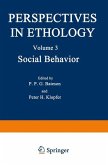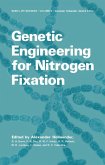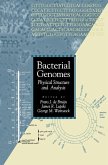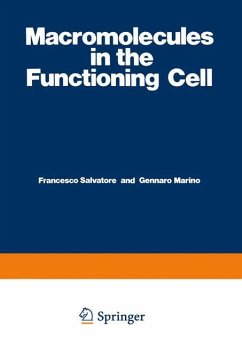Our present concepts ofthe regulation of enzyme activity in the cell have been largely based on the extensive body of work which has been carried out with micro-organisms. A distinction between constitutive and adaptive enzymes had already been made well before World War II and work on enzyme adaptation, both in yeast and bacteria, was done by several workers, especially Marjorie Stephenson and her group in Cambridge in the 1930s. In studies starting about 1947 Stanier demonstrated that the oxidation of aromatic compounds by species of Pseudomonas involved the coordinate and sequential induction of a group of enzymes concerned in the orderly catabolism of a substrate which acted as the inducer. The investigations of Umbarger and of Pardee, both in 1956, established the principle, which is now firmly established for almost all anabolic reaction chains, that the first 'committed' step in a biosynthetic pathway is sensitive to feedback control by the final product of the particular reaction sequence. This control can be exercised in two ways. It can either act on the rate of formation of the enzyme or it can affect the activity of the latter without altering the concentration of the enzyme.








